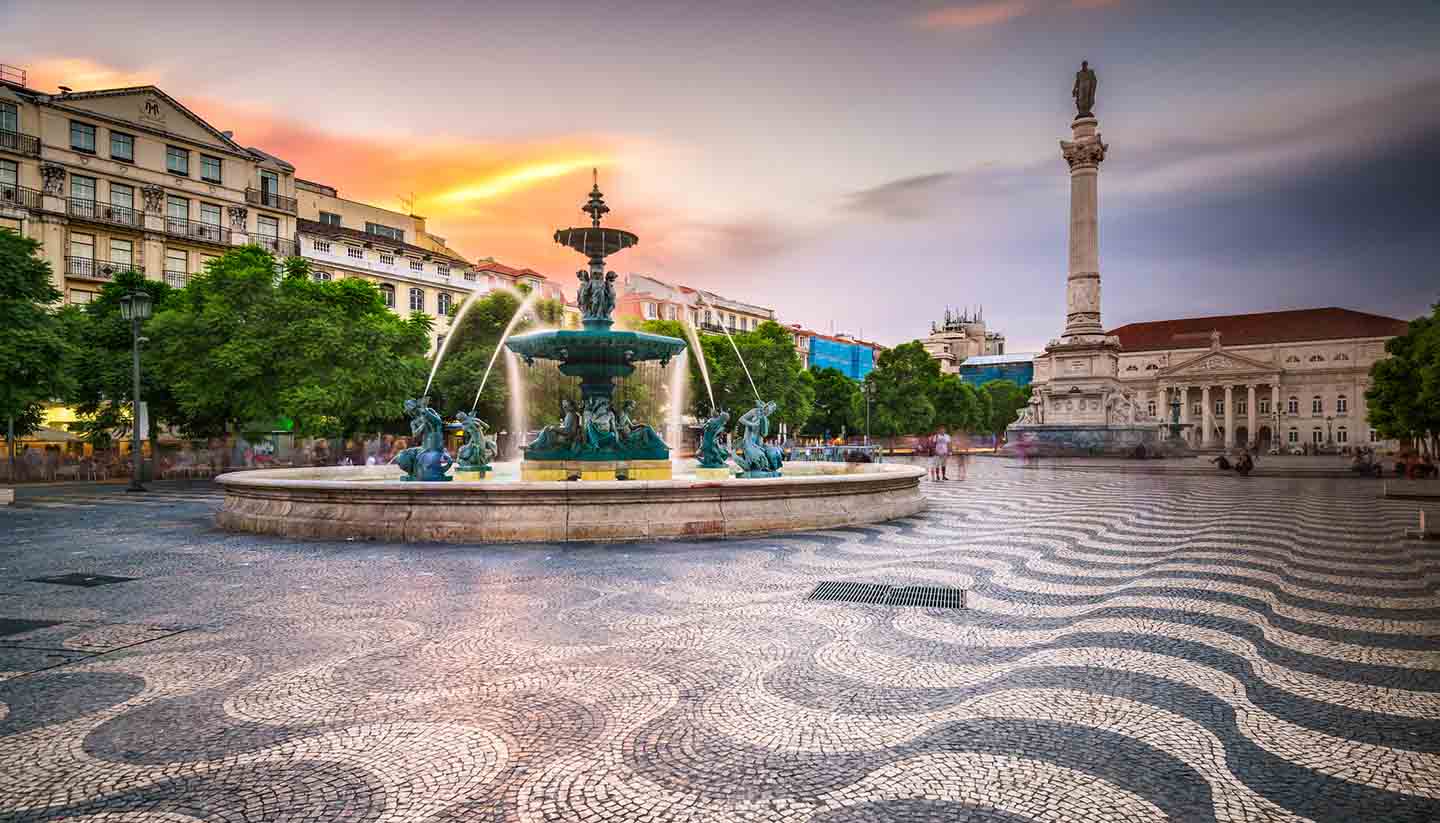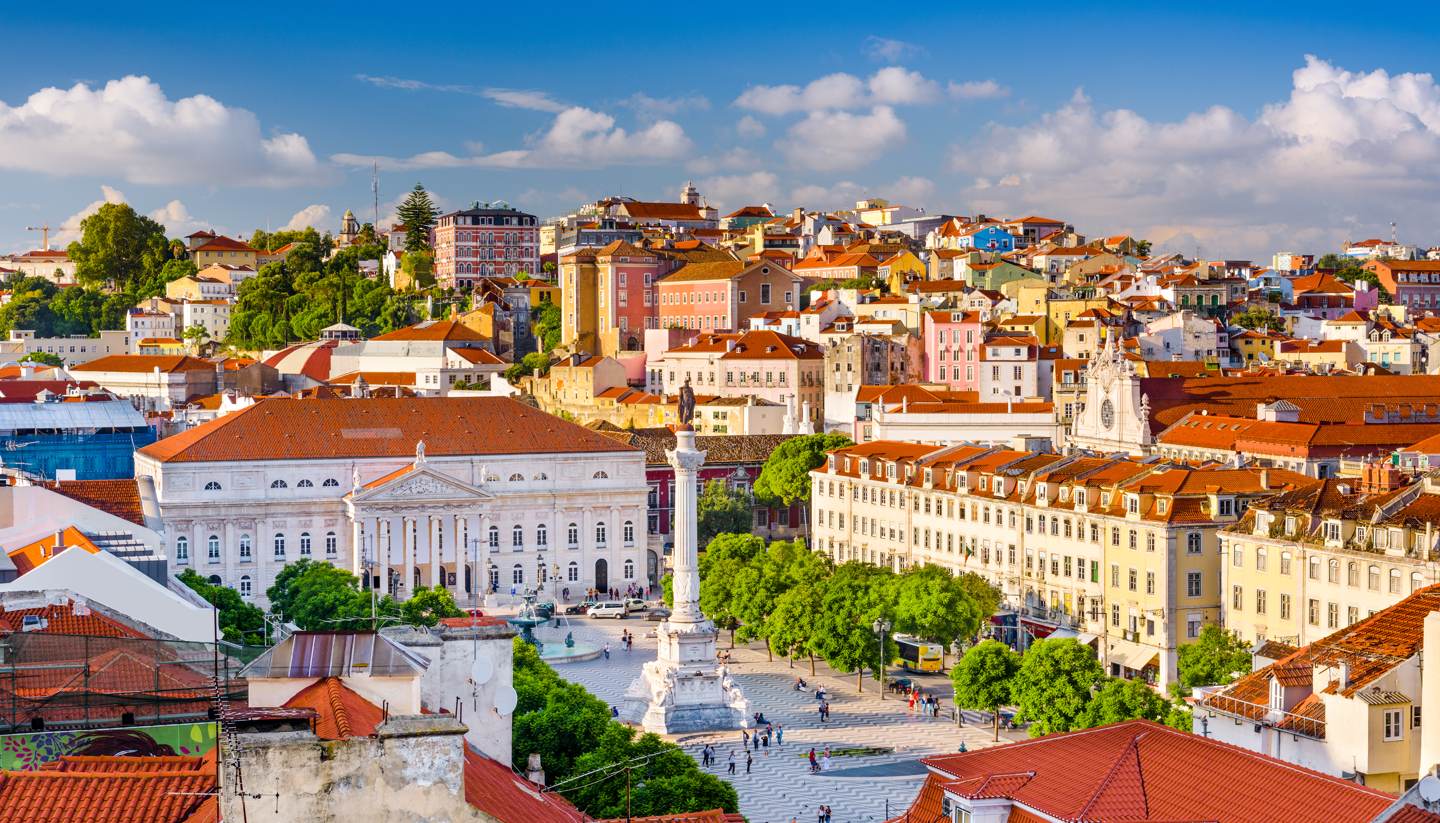Lisbon History
Roman rule, Moorish occupation, imperial aspirations and a catastrophic earthquake: Lisbon has experienced them all.
Lisbon is one of the world’s oldest cities. During the Neolithic period, pre-Celtic tribes inhabited the region and archaeologists claim that Phoenicians established a trading port here in the sheltered Tagus estuary. The Romans began a 200-year reign here in 205BC, and Lisbon became one of the most significant cities in the Iberian Peninsula, particularly when Julius Caesar became governor in 60BC.
Lisbon was later occupied by a succession of conquerors, most notably the Moors for 450 years from AD711, when the city prospered as a trading centre. In 1147, Christian crusaders reconquered the city and in 1255, Lisbon became the Portuguese capital. The city reached its zenith in the 14th and 15th centuries, when its explorers conquered the world's oceans; the city was at the heart of an empire stretching from Brazil to India.
The Great Earthquake of 1755 devastated the city, although fortunately the Marques de Pombal was on hand to plan and oversee the reconstruction. He did it on modern principles, designing the city on a north-south axis with a grid of streets stretching out from Baixa (lower town) at its heart.
The 20th century brought political upheaval, and the Estado Novo regime from 1926-74 proved to be the longest right-wing dictatorship in Europe. The Carnation Revolution brought the regime to an end, but in the aftermath, the city failed to modernise, and right up until the late 20th century Lisbon was widely regarded as rundown and poverty-stricken.
Then, in the 1990s, urban regeneration projects helped transform Lisbon, the city was crowned European Capital of Culture in 1994, and its container port became the largest on the Atlantic coast. Though on shaky ground economically since the 2008 financial crisis, Lisbon's transformation has finally helped the city grow up.
Did you know?
• Under Julius Caesar, Lisbon was named Felicitas Julia.
• Setting sail from Lisbon, explorer Vasco da Gama discovered the sea route to India in 1498.
• Built in 1998, the 17km (11-mile) Vasco da Gama bridge is Europe’s longest.


